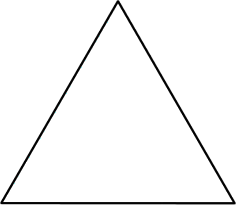14 APR 2012 by ideonexus
 The Journey of a Fossil
The Journey of a Fossil
One hundred million years ago, an ammonoid lived in the sea that then separated India from Asia. It died and fell into limy sediments on the seafloor. These sediments grew deeper and hardened into rock. The shell calcified, becoming part of the rock, though maintaining every detail of its structure. India was on the move, drifting on a slab of the Earth's mobile crust toward Asia. The floor of the intervening sea was forced under the Asian continent, back into the hot interior of the planet. ...Chet Raymo describes the epic journey of a fossil from the bottom of the ocean to the top of a mountain.
01 JAN 2012 by ideonexus
 How Radiometric Dating Works
How Radiometric Dating Works
Briefly, a radioactive isotope is a kind of atom which decays into a different kind of atom: for example. one called uranium-238 turns into one called lead-206. Because we know how long this takes to happen, we can think of the isotope as a radioactive clock. Radioactive clocks are rather like the water clocks and candle clocks that people used in the days before pendulum clocks were invented. A tank of water with a hole in the bottom will drain at a measurable rate. If the tank was filled at...A great summary of how we date fossils using Uranium and Carbon atoms and their decay rates.




